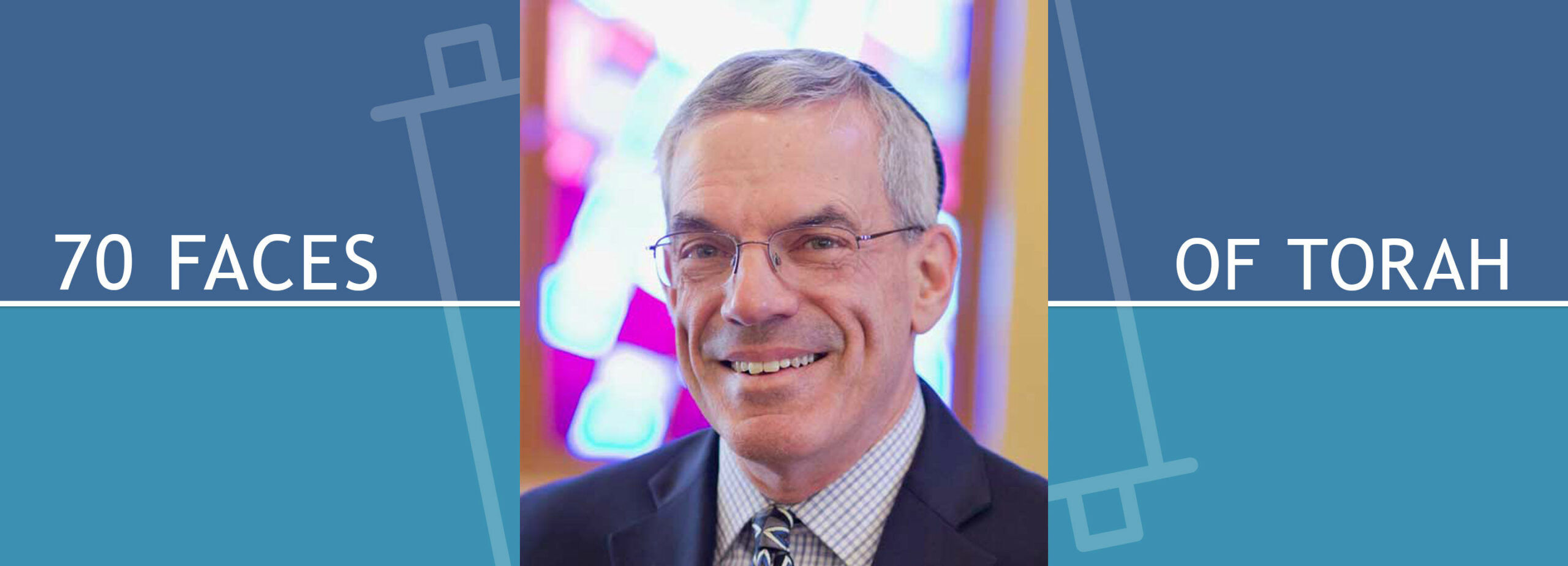Koleinu It Is Upon Us to Complete the Torah

Parashat Beha’alotecha (Numbers 8:1-12:16)
Edmund Fleg captures the central notion of tikkun olam (“repair of the world”) that drives social change with this declaration: “I am a Jew, because for Israel, the world is not yet completed; we are completing it.” According to Midrash, Torah is the blueprint of all creation. If God left the work of creation incomplete, does that imply that its underlying Torah, as well, is incomplete? The question is more than academic. We human beings structure society based upon what we believe to be right and wrong, just and unjust. If the Torah upon which we base our ethics is deficient, then so is our society.
In the middle of this week’s Torah portion Beha’alotecha, strange marks frame a passage that contains two verses: “When the ark traveled, Moses would say: arise, Adonai, and may Your enemies be scattered. When the ark rested, Moses would say: return, Adonai, to the myriads of Israel!” (Numbers 10:35-36) These fantastic symbols look like inversions of the letter Nun, and they appear within every extant Torah scroll, even the most ancient. Already fifteen hundred years ago, they formed the subject of Talmudic controversy:
The Sages taught: the Holy, Blessed One made special signs to indicate that this section of text is not in its proper place; someday, it is destined to be uprooted and written in its proper place. (Babylonian Talmud 115b)
How extraordinary! It is as if God drafted an unfinished version of the Torah, labeled these two verses for eventual transfer, but never got around to revisiting them.[*] Rabbi Judah the Prince could not abide the thought of an incomplete Torah, so he demurred:
Rabbi Judah the Prince said: this section of text is in its proper place. Rather, the Holy One made these marks to specify the passage as an important book in and of itself, as it is written: “Wisdom has carved seven pillars.”[†] (Babylonian Talmud 116a)
The number seven symbolizes perfection, underlining Rabbi Judah the Prince’s point that the Torah is already complete as is.
Rabbi Judah the Prince’s interpretation introduces another question: what’s so significant about the passage delimited by the inverted Nuns that it constitutes “a book in and of itself?” Its significance lies not so much in what its words say but how its two sentences are deployed liturgically. “When the ark traveled…” is chanted at the beginning of the Shabbat Torah Service; “when the ark rested…” is chanted at the end. So, given that this pair of verses frame the weekly Torah reading, what is the seventh book—the book that, according to Rabbi Judah the Prince, brings the entire Torah to completion? Not the fixed text written in the scroll but the words that come alive and change from week to week when we hear them at synagogue, wrestle with their implications, and incorporate their message into our lives.
Both Talmudic opinions converge on the requirement for active human involvement to bring Torah to fulfillment. Following the sages, the received Torah was left deficient, just like the world itself at the end of Creation. As Rabbi Harold Kushner has stated: “the written Torah represents God’s first word on the subject of truth, not God’s last. The final word has yet to be written.” It is up to us to complete God’s word. On the other hand, following Rabbi Judah the Prince, the Torah is already complete, but only when we actively engage with it to derive meaning, insight, and strength. Torah speaks differently to us from week to week and from generation to generation.
In recent days we have witnessed our nation convulsed by the violence of racism and its aftermath. But racism is a human construct, and, like all human constructs, it can be dismantled. In the words of Nelson Mandela: “No one is born hating another person because of the color of his skin. People must learn to hate, and if they can learn to hate, they can be taught to love, for love comes more naturally to the human heart than its opposite.”
Our own received written Torah contains passages legitimizing slavery, which is the progenitor of racism.[‡] Indeed, over the years people have justified, and still justify, the oppression of African Americans (women, gays, trans people, foreigners, …) by citing the Hebrew Bible. If we want to form a more just society, then we must first formulate a more just Torah, a Torah that lives up to its own primary ideal of human equality, every human being created in the image of God.
We must pursue two ongoing tasks simultaneously: tikkun olam, improving our relationship with one another and the world at large, and tikkun Torah, improving our ethics and our understanding of justice, which underlies all our efforts at tikkun olam. To extend Edmund Fleg’s words: “I am a Jew, because, for Israel, Torah is not yet completed; we are completing it.”
[*] The overturned Nuns resemble a pair of brackets.
[†] Proverbs 9:1. How does Rabbi Judah the Prince come up with seven? If the section framed by the inverted Nuns constitutes a book by itself, it effectively divides the Book of Numbers into three—in addition to the four other books remaining intact (Genesis, Exodus, Leviticus and Deuteronomy).
[‡] To be sure, many more scriptural passages celebrate the divine power of liberation from slavery.
Brian Besser, ordained at the Rabbinical School of Hebrew College in 2010, serves Congregation Beth Shalom in Bloomington, Indiana.

